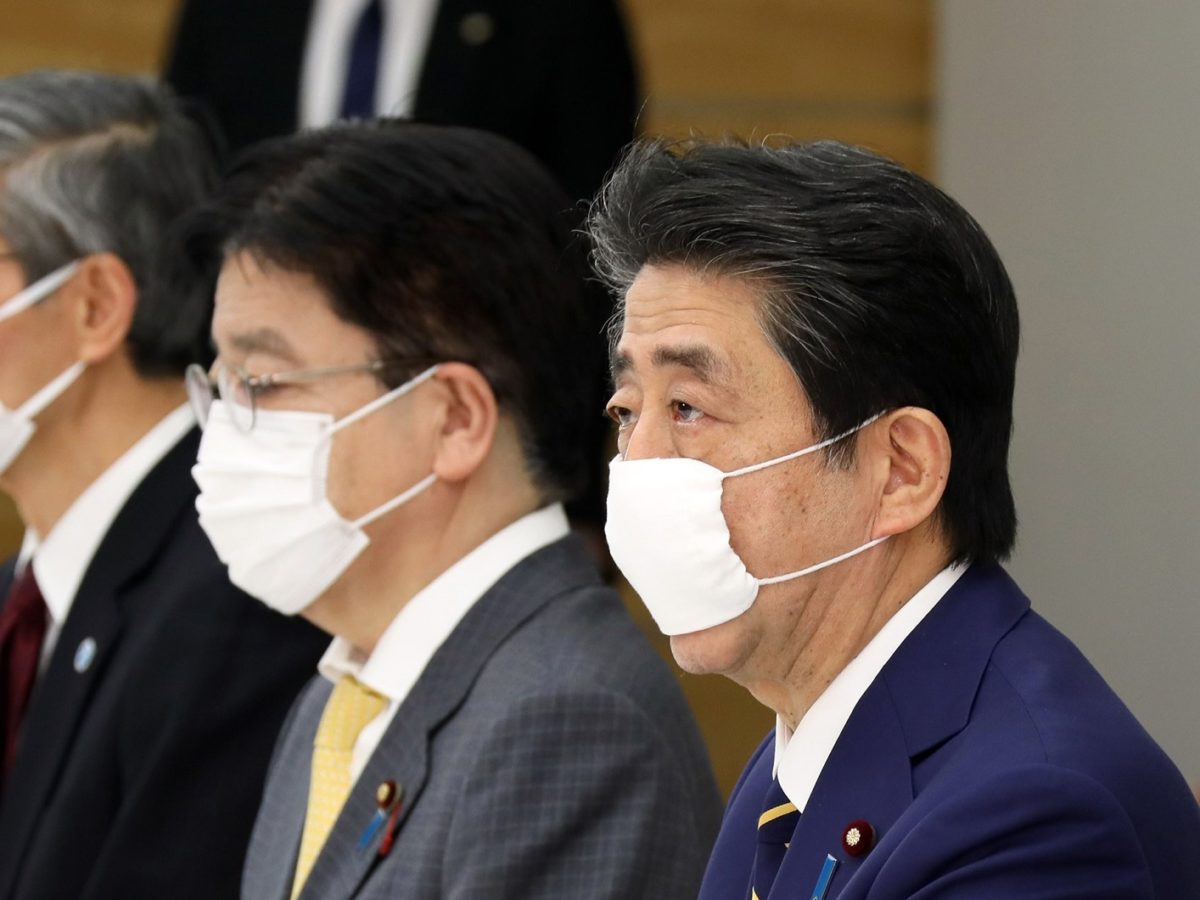KUALA LUMPUR, April 19 — In just a short space of a month, Japan’s Covid-19 epidemic now has 10,296 registered cases and 222 deaths.
On March 1, Japan had only 243 cases. In the past 8 days alone, the number of reported cases has doubled, and according to the BBC, Tokyo is the worst-affected area.
The country was previously thought to have been able to keep the spread of the coronavirus under control. However, the new numbers have indicated a drastic change for the worse.
This recent development has caused Prime Minister Shinzo Abe to declare a state of emergency for the entire country.
A government team of experts has warned that Japan could end up with more than 400,000 deaths as a result of the epidemic if immediate measures such as social distancing were not imposed onto the general public.
Medical shortages and comparatively low testing rates have created conducive conditions for a massive increase in cases.
At around 90,000, Japan has conducted far fewer tests than most countries in the region. The government was reportedly to have said that carrying out widespread testing was a “waste of resources.
New clusters centred around hospitals have also began forming among doctors, nurses, other healthcare workers and patients. 87 new cases were detected last week among this group at a Tokyo hospital.
“It’s very important to move testing away from clinics and hospitals,” said Kenji Shibuya, director of the Institute for Population Health at King’s College London and a former chief of health policy at the World Health Organization (WHO) told CNN.
“The lack of testing in Japan led to widespread community infection. Hospital workers are not prepared as they don’t know the infection status of the patient.”
The government’s approach has focused on containing clusters of infection rather than implementing mass testing such as done in South Korea.
Intended to avoid overwhelming hospitals, this strategy identifies and focuses on infected patients, particularly those in need of medical attention.
However, experts suspect that the infection rate could actually already be higher than what the official statistics indicate.








